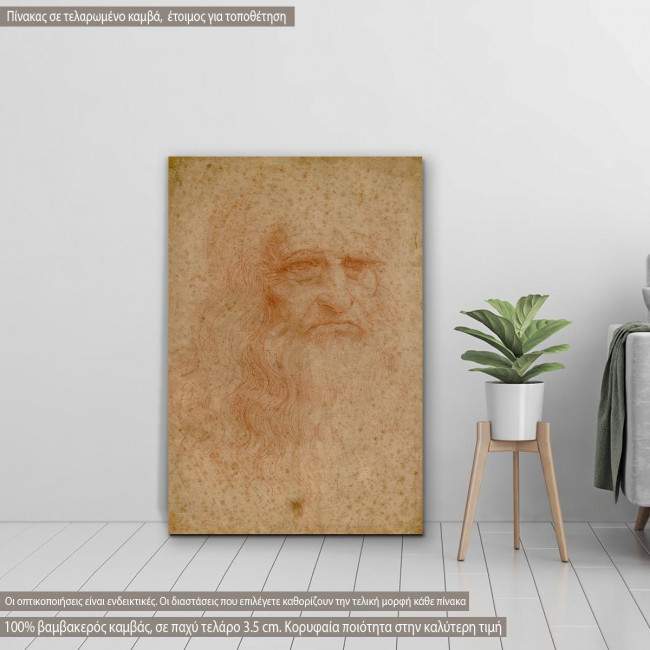

Other portraits of Leonardo by other hands exist, apparently dating from the early 16th century up to the 19th century, pre-dating the identification of the red chalk drawing. It has been suggested that the sitter represents Leonardo's father Piero da Vinci or his uncle Francesco, based on the fact they both had a long life and lived until the age of 80. Feinberg.Ī frequent criticism made in the late 20th century is that the drawing depicts a man of a greater age than Leonardo himself achieved, as he died at the age of 67 and allegedly made the drawing between the age of 58 and 60. The claim that it represents Leonardo has been criticized by a number of Leonardo scholars and experts, such as Robert Payne, Professor Martin Kemp, Professor Pietro Marani, Carlo Pedretti, and Larry J. However, the identification of the drawing as a self-portrait is not universally accepted. Frank Zöllner states: "This red chalk drawing has largely determined our idea of Leonardo's appearance for it was long taken to be his only authentic self-portrait."

It was also decreed to be a self-portrait based on its likeness to the frontispiece portrait of Leonardo in Vasari’s Second Edition of The Lives of the Artists. The assumption that the drawing is a self-portrait of Leonardo was made in the 19th century, based on the similarity of the sitter to the portrait of Leonardo in Raphael's The School of Athens and on the high quality of the drawing, consistent with others by Leonardo. Their technique, described in Applied Physics Letters (2014), will be used to assess the rate at which the image is deteriorating and should help with planning appropriate conservation strategies. Researchers have developed a nondestructive way to gauge the condition of the drawing by describing and quantifying the chromophores affecting the paper. It is housed at the Royal Library ( Biblioteca Reale) in Turin, Italy, and is not generally viewable by the public due to its fragility and poor condition. The paper has brownish "fox marks" caused by the accumulation of iron salts due to moisture. The drawing has been drawn in fine unique lines, shadowed by hatching and executed with the left hand, as was Leonardo's habit. The eyes of the figure do not engage the viewer but gaze ahead, veiled by the long eyebrows, with a sense of solemnity. It appears as if the man has lost his upper front teeth, causing deepening of the grooves from the nostrils.

The face has a somewhat aquiline nose and is marked by deep lines on the brow and pouches below the eyes. The length of the hair and beard is uncommon in Renaissance portraits and suggests, as now, a person of sagacity. The subject is distinguished by his long hair and long waving beard which flow over the shoulders and chest. It depicts the head of an elderly man in three-quarter view, his face turned towards the viewer. The portrait is drawn in red chalk on paper.


 0 kommentar(er)
0 kommentar(er)
